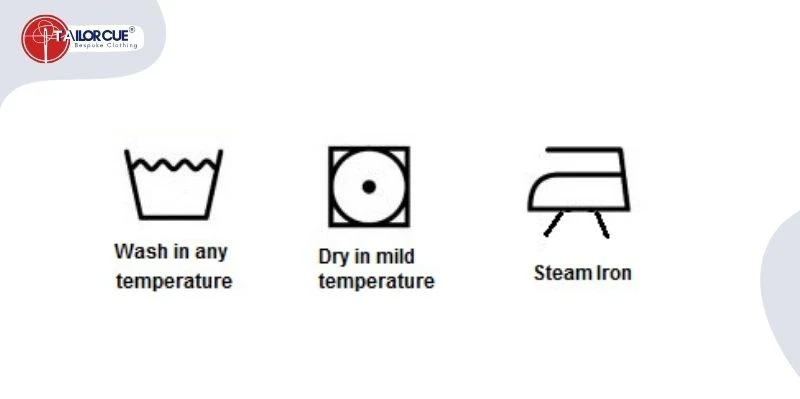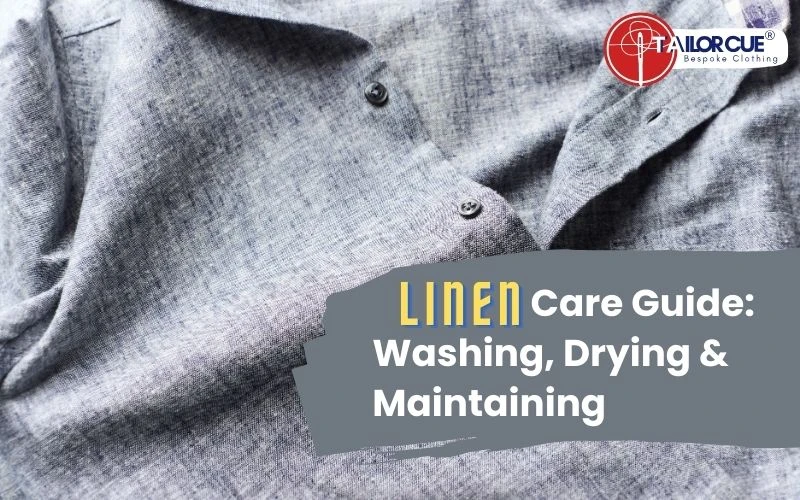Linen is one of those fabrics that feels like it has a soul. It’s breathable, durable, and has this effortlessly cool vibe that makes you feel like you’ve got your life together—even if you don’t. Whether it’s a breezy linen shirt, crisp bedsheets, or a tablecloth that makes your dinner parties look Instagram-worthy, linen brings a touch of natural elegance to everything it touches. But here’s the thing: linen isn’t just a fabric; it’s a relationship. Treat it right, and it’ll reward you with years of comfort and style.
Washing linen is generally straightforward, but there are a few key things to keep in mind. For most linen items, machine washing is perfectly fine. However, always check the care label for specific instructions. Generally, cool or lukewarm water is recommended. Hot water can cause shrinkage and damage the fibers, especially for dyed linens. When it comes to detergent, a mild, all-purpose detergent is usually suitable. Avoid using harsh chemicals like bleach or fabric softeners. Bleach can weaken the fibers and cause discoloration, while fabric softeners can coat the fibers, reducing linen’s natural absorbency.
What Makes Linen So Special?
Linen comes from the flax plant, and it’s one of the oldest fabrics in the world. It’s breathable, making it perfect for hot summer days, and it has this unique texture that’s both rustic and refined. The best part? Linen gets softer and more beautiful with every wash. It’s like that favorite pair of jeans you can’t bear to part with—it only gets better with age.
But linen isn’t without its quirks. It wrinkles easily, and some people love that lived-in look, while others prefer a more polished finish. Either way, linen has a personality all its own, and that’s what makes it so special.

For heavily soiled linen, a pre-soak can be helpful. Fill a basin or sink with cool water and a small amount of detergent, then submerge the linen item and let it soak for at least 30 minutes, or even overnight for stubborn stains. This helps loosen dirt and makes washing more effective. When washing in the machine, avoid overloading it. Overcrowding can prevent proper cleaning and cause excessive wrinkling.
Drying linen is where you can really impact its texture and longevity. Air drying is the ideal method. It’s gentler on the fibers and helps prevent shrinkage. Hang linen items on a clothesline or drying rack, smoothing out any wrinkles as you go. Direct sunlight can fade colored linens, so drying in a shaded area is recommended. Air drying can make linen feel slightly stiff initially, but it softens beautifully with use and subsequent washes.

If using a tumble dryer, use a low heat setting and remove the linen while it’s still slightly damp. Over-drying can make linen excessively stiff and prone to wrinkles. Tumble drying for a short period followed by air drying can be a good compromise if you’re short on time. Avoid using dryer sheets, as they can leave a residue on the fabric and reduce its absorbency.
Linen might ask for a little extra love compared to some fabrics, but honestly? It’s a small price to pay. I remember the first linen shirt I owned – it felt a bit stiff at first, but with every wash, it became unbelievably soft, like a cloud against my skin, and took on a character that was uniquely mine. It’s one of those rare materials that actually gets better with time. Think fine wine, a favorite book you’ve read a dozen times.
Whether I’m dressing up a dinner table or throwing on a breezy linen shirt on a hot day, I love how versatile linen is. It’s not just fabric; it’s a feeling. Take good care of it, and you’ll have years of effortless comfort, that perfectly rumpled, chic look. Linen reminds you to slow down, to appreciate those simple, natural joys. Isn’t that the essence of great design, though?
